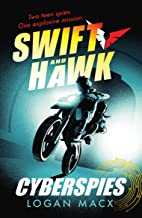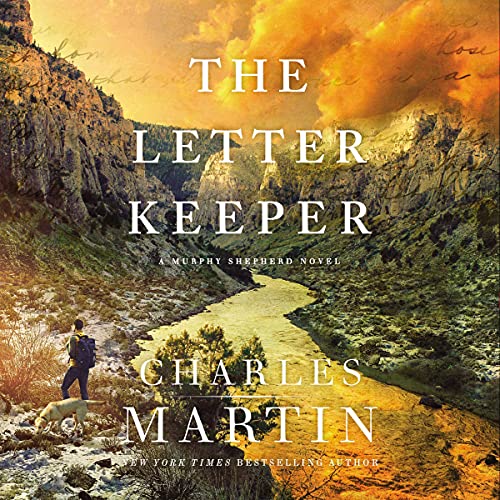
Stella lives in a world that has strict rules for both sexes. She doesn’t know that the New America she lives in is vastly different from the one her parents grew up in. She is taught that DANGER exists and that in order to be safe, she must:
Deflect attention. Abstain from sin, Navigate the world with care. Give obedience. Embrace purity. And, Respect her chaperone.
All girls are assigned a chaperone whenever she begins her periods. These chaperones are assigned by the government, and they remain with the family until the girl is married or unless the chaperone dies. It is the duty of the chaperone to see that the girl to which she has been assigned follows the rules. Stella is very glad that her chaperone, Sister Helen, is more of a friend than a caretaker like those of her friends. But when Sister Helen suddenly dies, Stella’s world world is turned upside down.
Not only does she get a new chaperone right away before she has accepted the death of Sister Helen, there is some suspicion in the eyes of the police about Sister Helen’s death, but also Stella is nearing the end of her high school career. That means she is expected to marry and produce children soon. None of those things make Stella happy. She especially wants to know a little bit about boys, and she wants to go to college before she settles down. Surprisingly, her new chaperone, Sister Laura, is on her side. She helps Stella attend a forbidden party and helps her find her way to the Old America, which still exists but in another state. Stella was not even aware of its existence. There she experiences a life without constant scrutiny and rigid rules, yet she worries about her little sister and all the other girls in New America who may never have a chance to see freedom.
This is a very well-written book. The characters are vivid, and the plot develops naturally. However, I do have some issues with it. There is a near-rape scene that is extremely vivid. I feel that it has more of a purient feel than is necessary for the message of the story, particularly when the readers it will appeal to are probably 6-10th graders. While Stella does stand up for herself and does stop the rape from occuring, that account need not go into the graphic depiction that it does. I do not want to say, “Do not buy this book.” But, the library-media specialist who does so MUST be aware that its inclusion in a school library might bring on the ire of parents. It also takes a very stereotypical view of right-wing conservatives. All the men, except a few outliers are painted as being very misogynistic and extremely religious.
Obviously, the author is portraying the view of a divided America, but the New America that is presented is not one in which most of us would like to live. Perhaps that is exactly the point, but I feel the story goes beyond that and promotes the idea that conservative Christians are bigoted and narrow-minded while all the rest are embracing true freedom. It might be worth your time to read this and then to draw your own conclusions. Perhaps I am coming down a little hard on the authot, and I would appreciate some other input.









